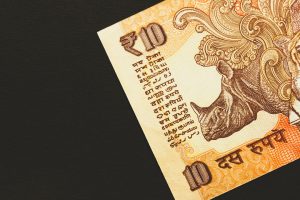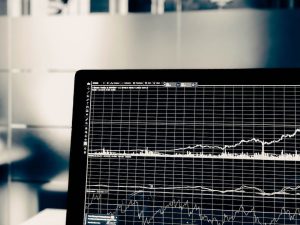Forex trading has become a popular investment option for people globally, and it is no surprise that it has attracted the attention of tax regulators. As a forex trader, it is important to understand how to set your forex tax. In this article, we will discuss the basics of forex taxation, the tax laws governing forex trading, and how to set your forex tax.
Forex trading involves buying and selling currencies on the foreign exchange market. The profits earned from forex trading are taxable, and the tax laws governing forex trading vary from country to country. In the United States, forex traders are subject to capital gains tax laws. Capital gains tax is a tax on the profit earned from the sale of an asset, and it is calculated based on the difference between the purchase price and the selling price.
In the United States, capital gains tax is divided into two categories: short-term capital gains tax and long-term capital gains tax. Short-term capital gains tax is applied to profits earned from assets held for less than one year, while long-term capital gains tax is applied to profits earned from assets held for more than one year. The tax rate for short-term capital gains tax is the same as the tax rate for ordinary income, while the tax rate for long-term capital gains tax is lower than the tax rate for ordinary income.
Forex traders in the United States are required to report their forex trading activity on their tax returns. Forex traders must report their profits and losses on Form 8949 and Schedule D of their tax returns. Forex traders must also report their forex trading activity on Form 6781, which is used to calculate the forex gains and losses.
To set your forex tax, you need to keep accurate records of your forex trading activity. You should keep track of all your profits and losses, including the date of the transaction, the currency pair traded, the purchase price, the selling price, and the profit or loss earned. You should also keep track of any expenses related to your forex trading activity, such as trading fees, software fees, and data fees.
Once you have all the necessary information, you can calculate your forex gains and losses. To calculate your forex gains and losses, you need to subtract your total losses from your total gains. If your gains are higher than your losses, you will owe capital gains tax on the profit earned. If your losses are higher than your gains, you can deduct the losses from your taxable income.
To set your forex tax, you need to determine whether your forex trading activity is considered a hobby or a business. If your forex trading activity is considered a hobby, you can only deduct your losses up to the amount of your gains. If your forex trading activity is considered a business, you can deduct all your losses, even if they exceed your gains. To determine whether your forex trading activity is considered a hobby or a business, you need to consider several factors, including the amount of time and effort you put into your forex trading activity, the frequency of your trades, and the amount of money you invest.
In conclusion, setting your forex tax is an important part of forex trading. It is essential to keep accurate records of your forex trading activity and to understand the tax laws governing forex trading. By following the steps outlined in this article, you can set your forex tax and ensure that you comply with all tax regulations. Remember to consult with a tax professional if you have any questions or concerns about your forex tax.





